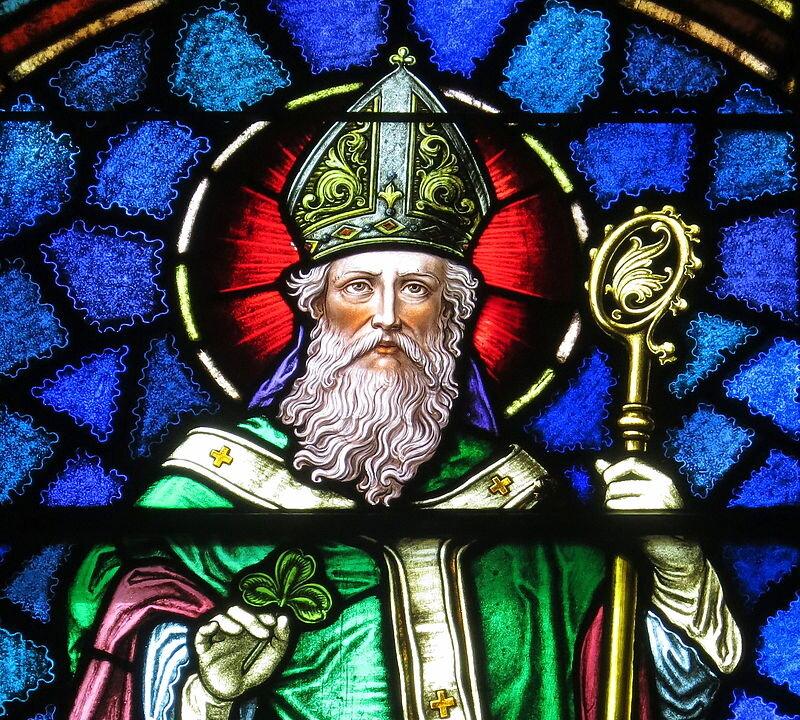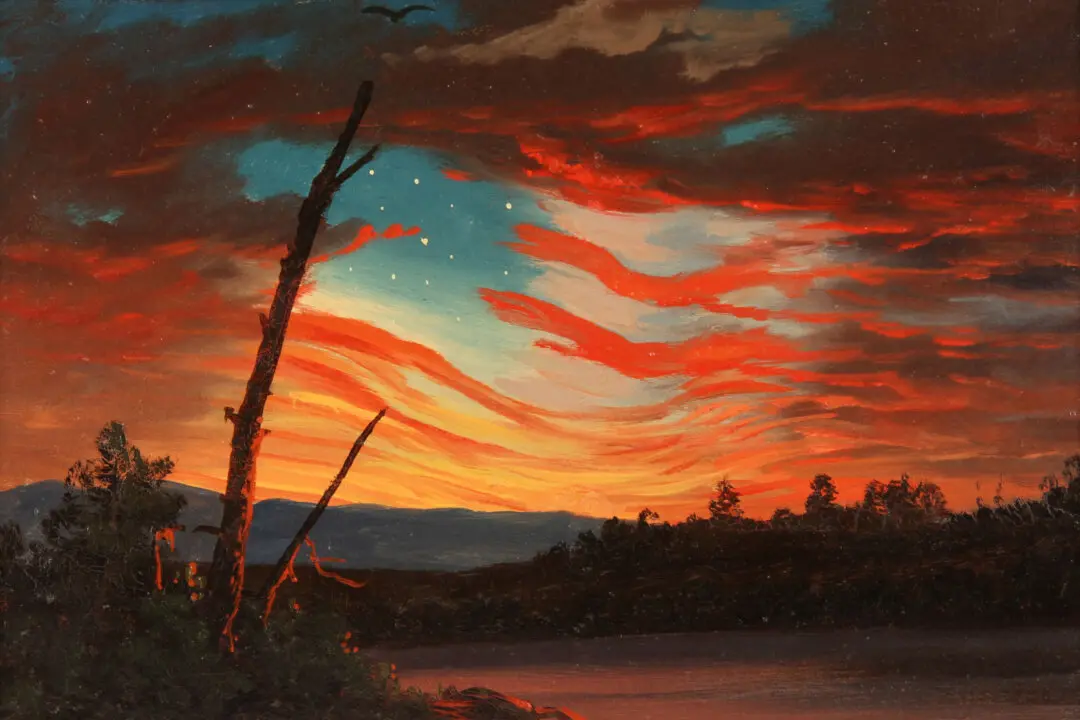A shamrock worn on the shirt or blouse. A mug of green beer. Traditional Irish music mingling with the laughter and shouts in a pub. Parades and pageants with Irish step dancing, leprechauns, and spectators decked out in green clothing.
The celebration of Saint Patrick’s Day is long entwined with the American past. The first such celebration in the New World occurred on March 17, 1601, in St. Augustine, Florida, possibly inspired by an Irish priest living in that outpost of Spain. Boston featured a St. Pat’s parade in 1737, with New York following suit in 1762. With the flood of immigrants to America from the Irish famine in the middle of the next century, the celebrations grew in size. Home to many of these immigrants, today Savannah sports the South’s largest celebration of this holiday. Since 1962, Chicago has dyed its river green to mark this annual event.






